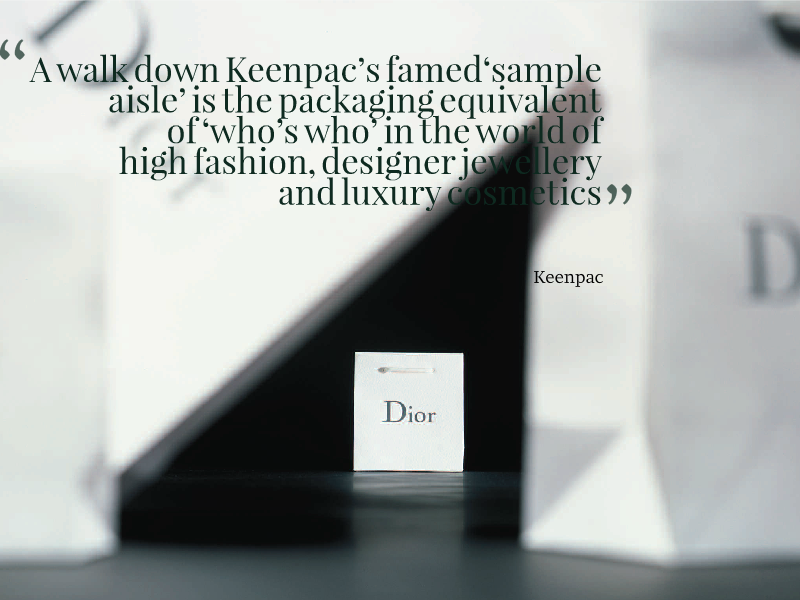Brand affinity and brand loyalty can often be confused. The two are very different aspects of marketing, and undertaking a refresher about how they work and their value, especially in the world of packaging, is definitely worthwhile.
Brand Loyalty
Loyalty to a particular company brand, regardless of product, is what companies aspire to in their customers. Brand loyalty brings back customers again and again. So companies aim for this kind of relationship because it means downstream revenue and sales as well as the initial starting purchases. Various attempts are made by companies trying to boost loyalty, and the most common approach tends to be loyalty programmes, providing benefits to customers who keep coming back. This approach, incentivizing, creates valuable data for companies because the response can be measured. And nothing is more valuable in marketing than cold, hard statistics that show a 1-to-1 relationship between an effort and a reaction, except of course additional sales.
Brand Affinity
Where brand loyalty involves buying a product because it’s made by a company label that is assumed to represent something in terms of quality, history, culture or similar, brand affinity involves an emotional connection with a company label. It involves consumers wanting to be part of the perceived success of a brand and the company behind it. This goes beyond just buying a product for loyalty points or travel miles and basic incentive.
For example, some of the back window stickers people see on cars making fun of other carmaker brands can be annoying, but to marketing types they represent gold. That kind of brand affinity ignores any other information and just focuses on being associated with a given company name, no matter what. The affinity drives the sale, not a loyalty program or a product comparison.
However, brand affinity doesn’t often occur on its own. Companies need to cultivate brand affinity, nurturing people’s likes for a company’s product proactively. ( Keenpac a packaging specialist covers this well in their blog : www.keenpac.com/blog ). This means engaging with customers and getting them to socially invest in a company’s product marketing, social media conversations, and, ultimately, the product’s success.
In Summary
Understanding that brand loyalty is simply a stepping towards the real goal of brand affinity is critical for a company wanting to generate repeat cycles of purchasing by customers. The more customers can be won over to an affinity relationship, the more success a company can have with easier sales and easier revenue streams. So brand affinity is significantly important. However, understanding how to get to this relationship is even more important for business marketing success.



